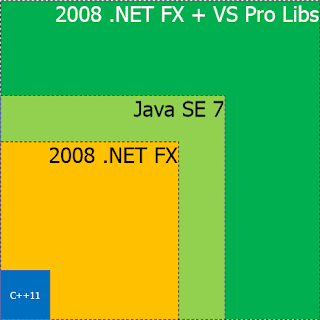Presentation layer (or tier)
Application's topmost level, also called graphical user interface or GUI.It displays the services to the user as well as the results of operations.
Example of technologies used for this tier : WPF, HTML.
Logic layer (or tier)
Application's processing tier. The business logic is taken care of at this level, this is the brain of the application.Data layer (or tier)
Application's data management tier. It handles data storage and data access services. Usually, databases are used in this layer.Advantages of this architecture:
- Lightweight client workstation
- Heterogeneous : many technologies live together (client, server, ..)
- Safer due the absence of direct link between the client and the data
- Better distribution of processing load (e.g. load balancing)





